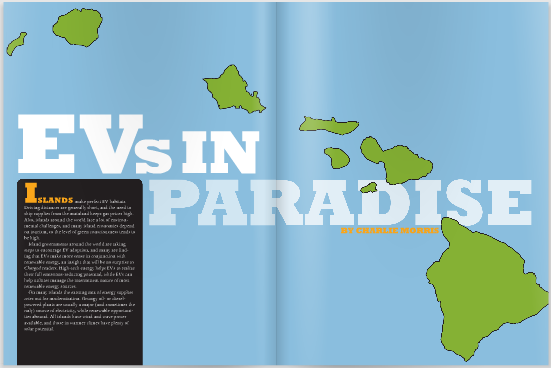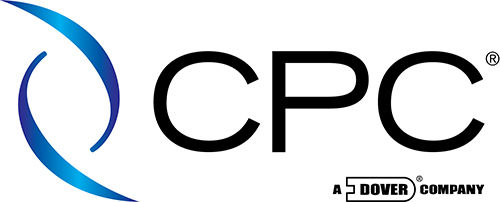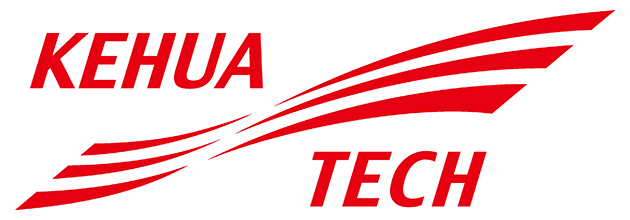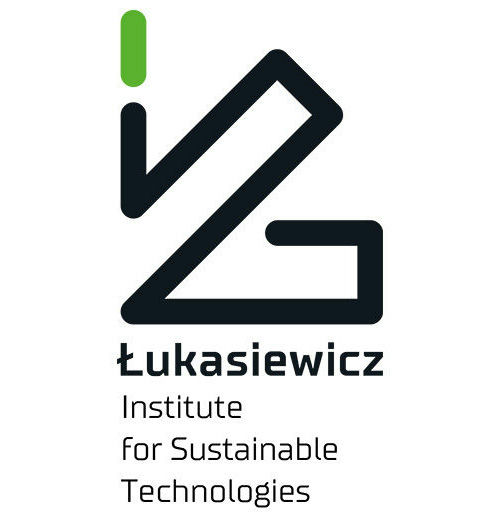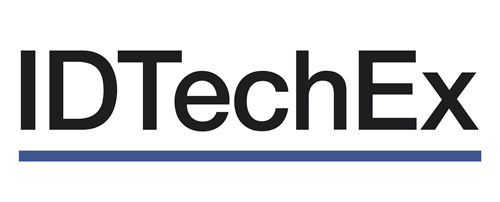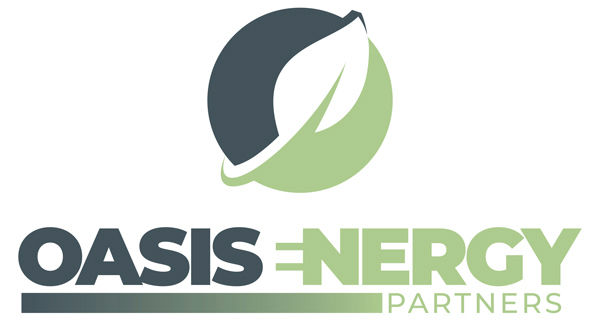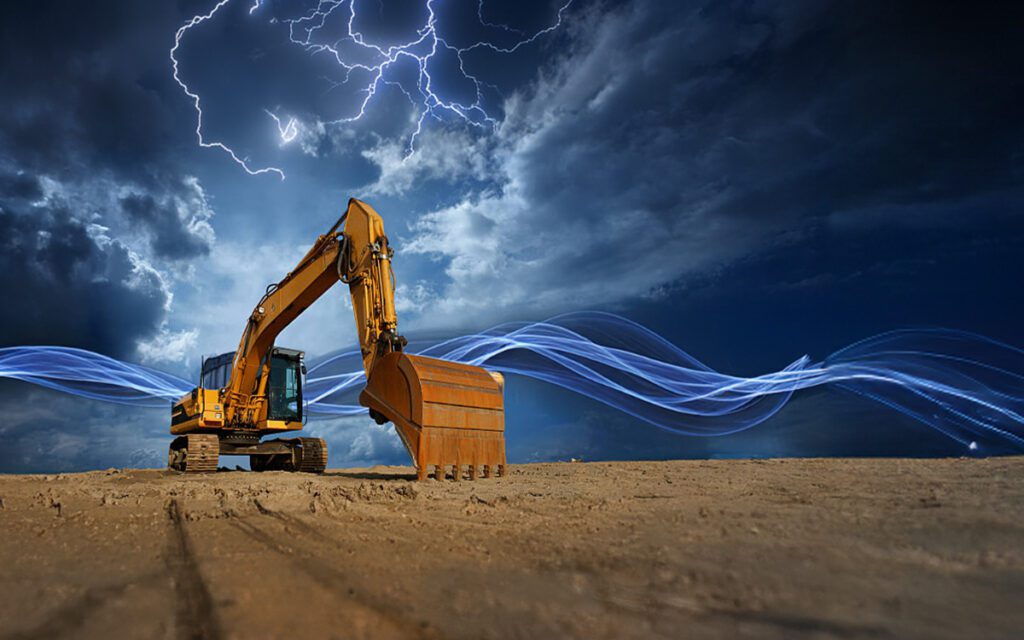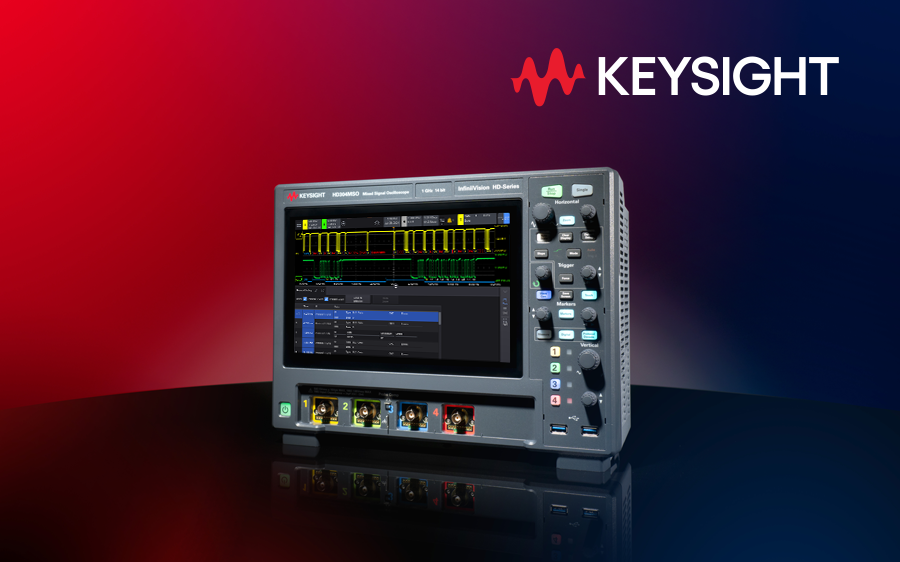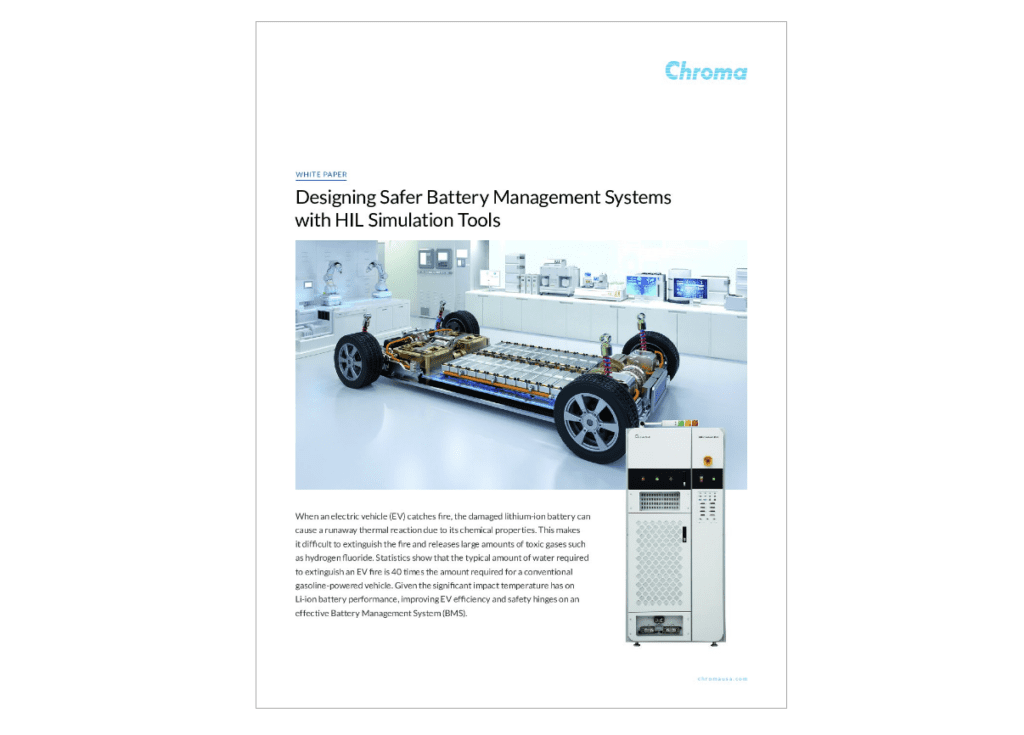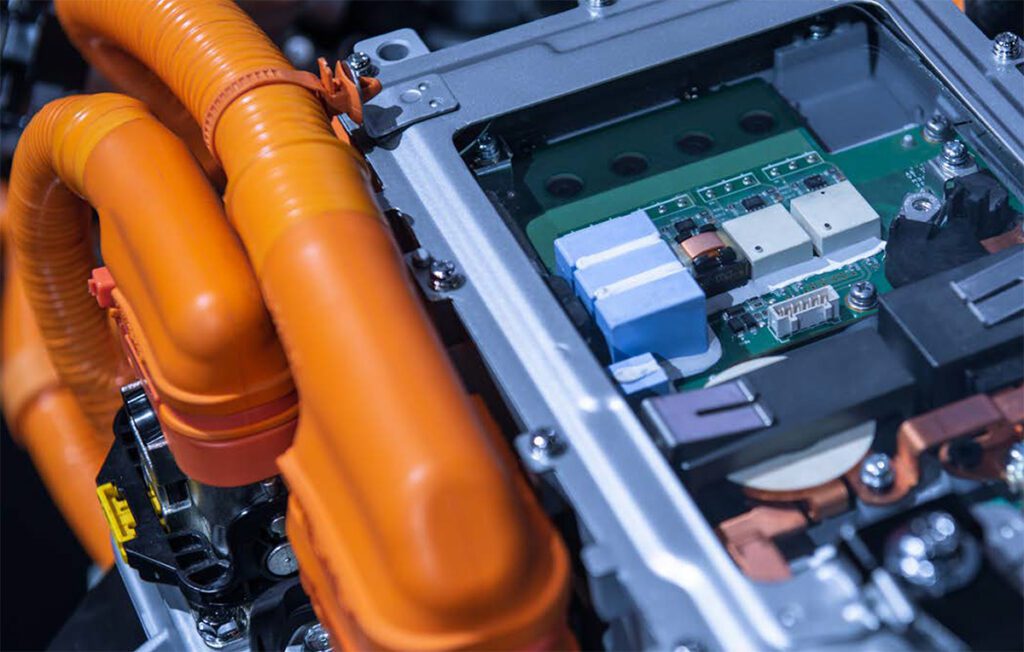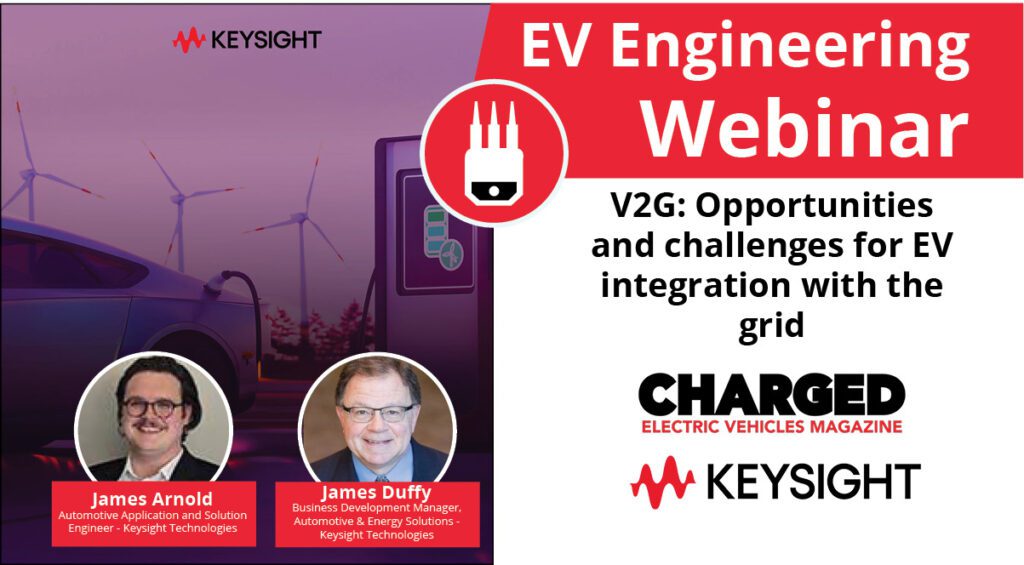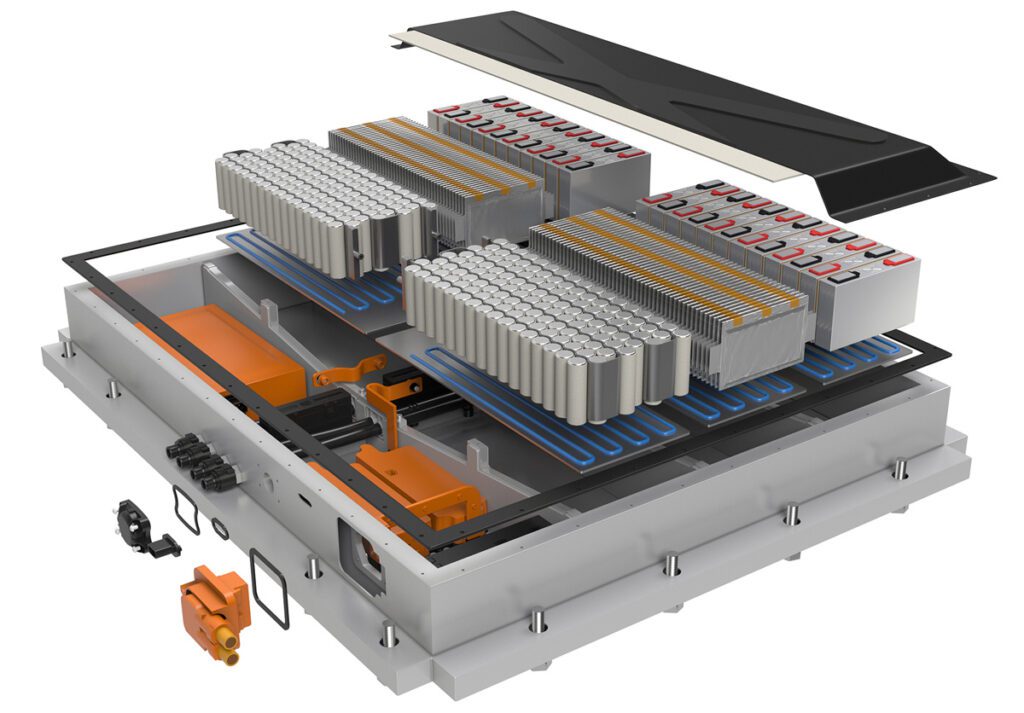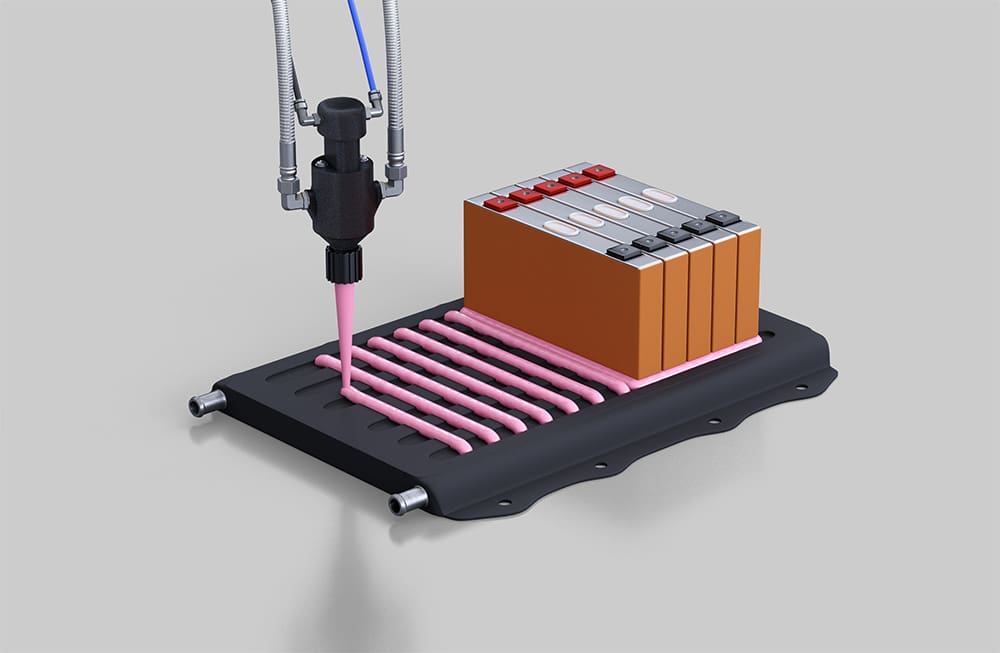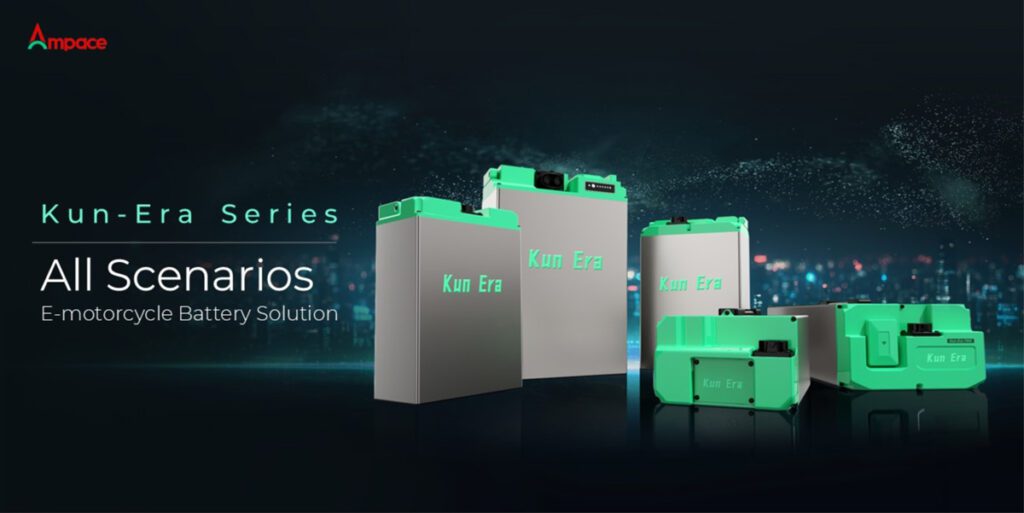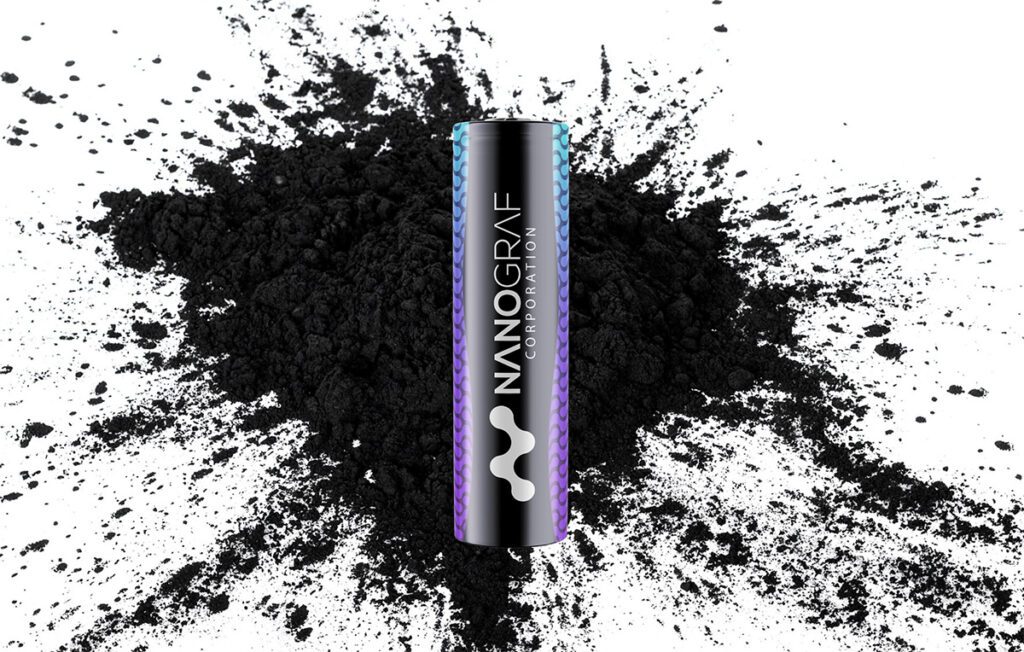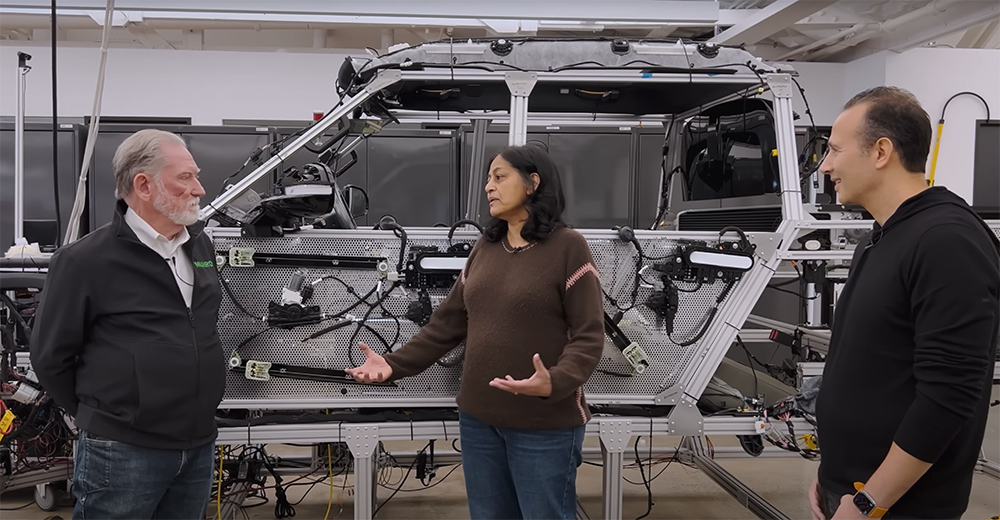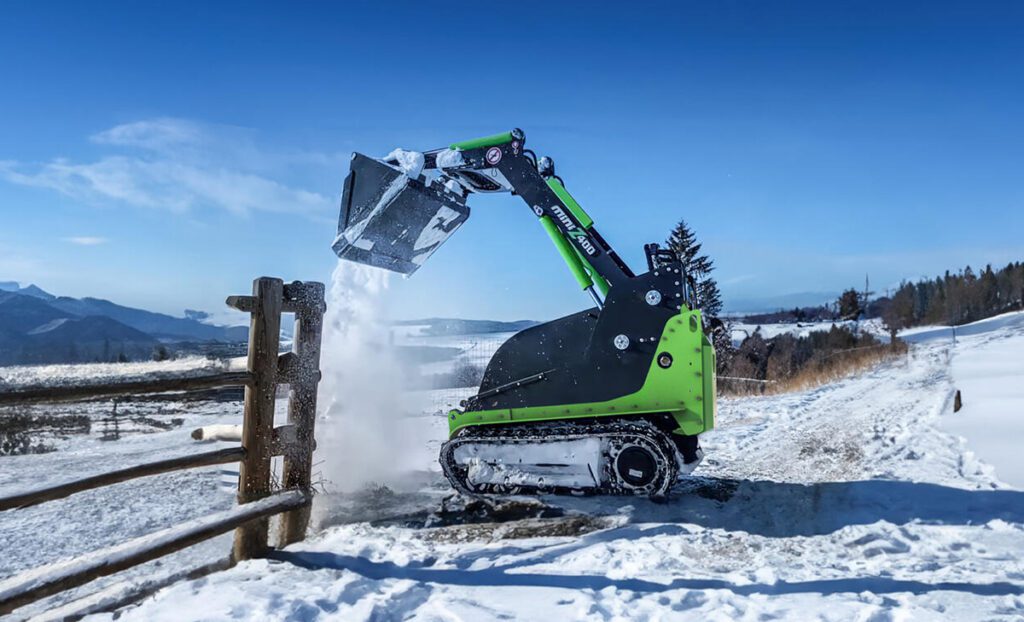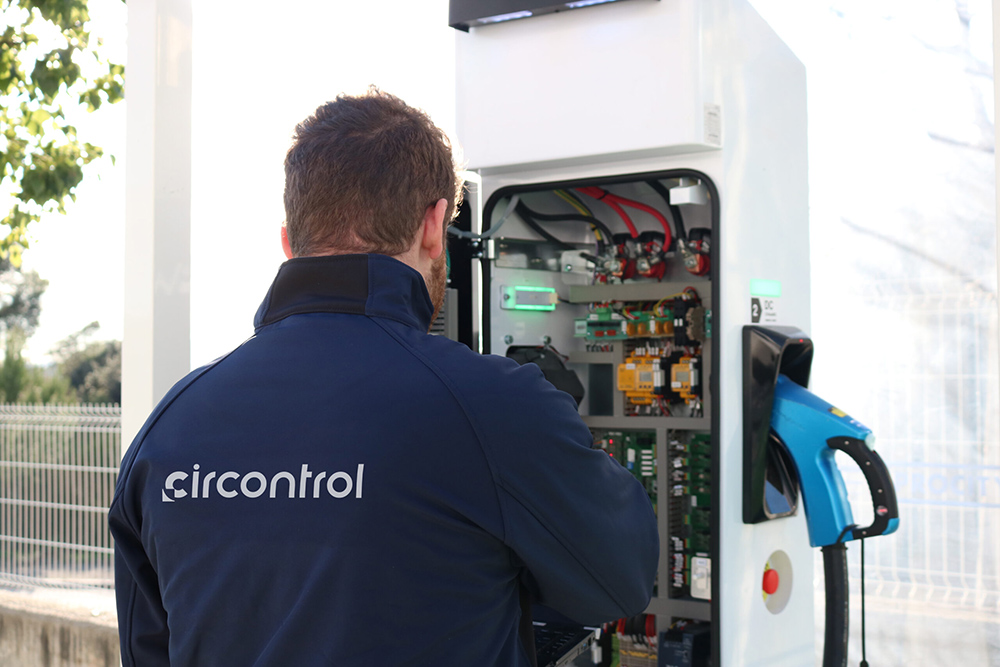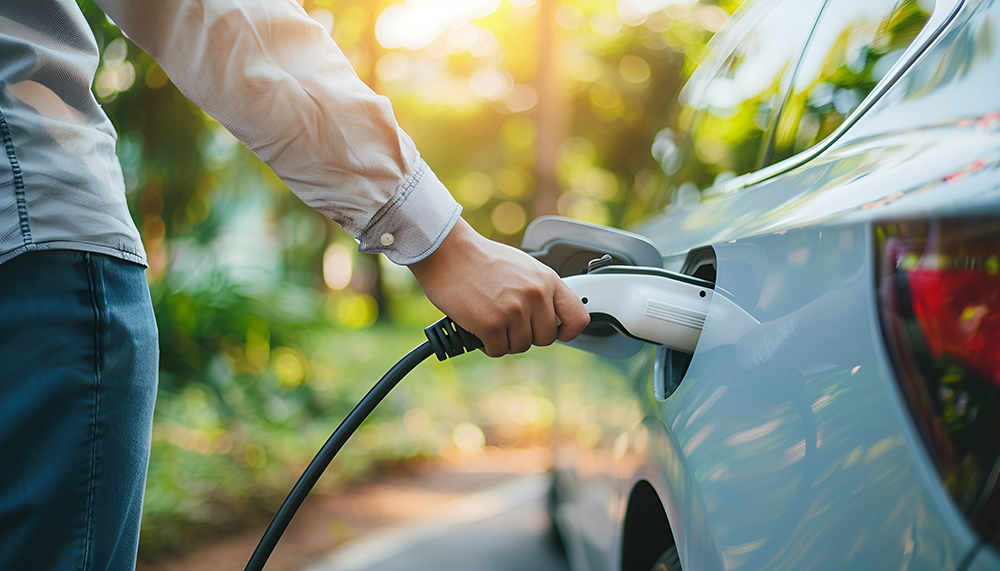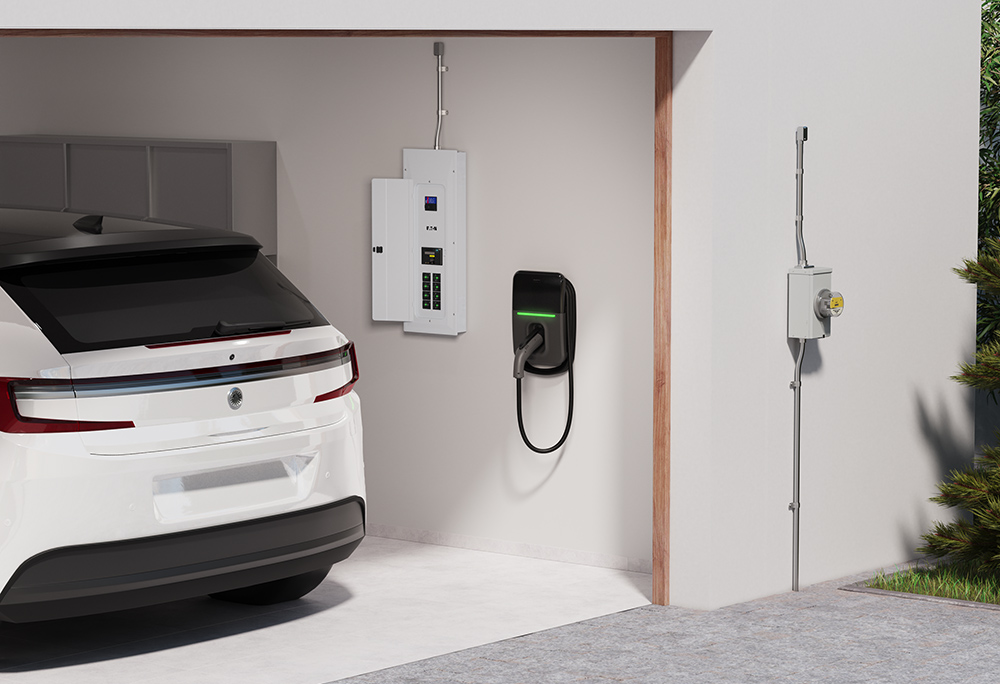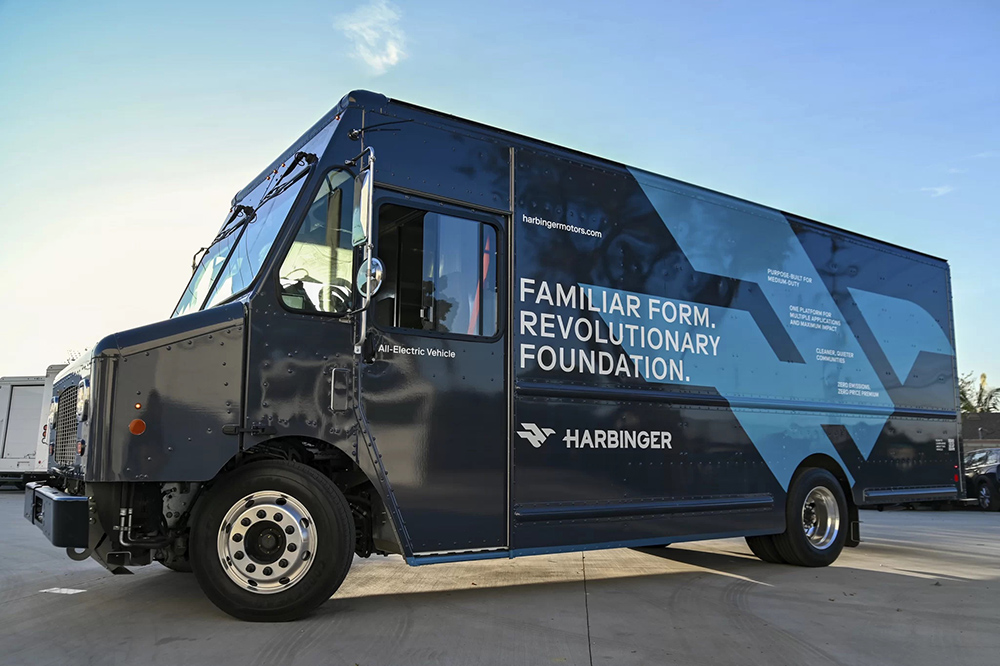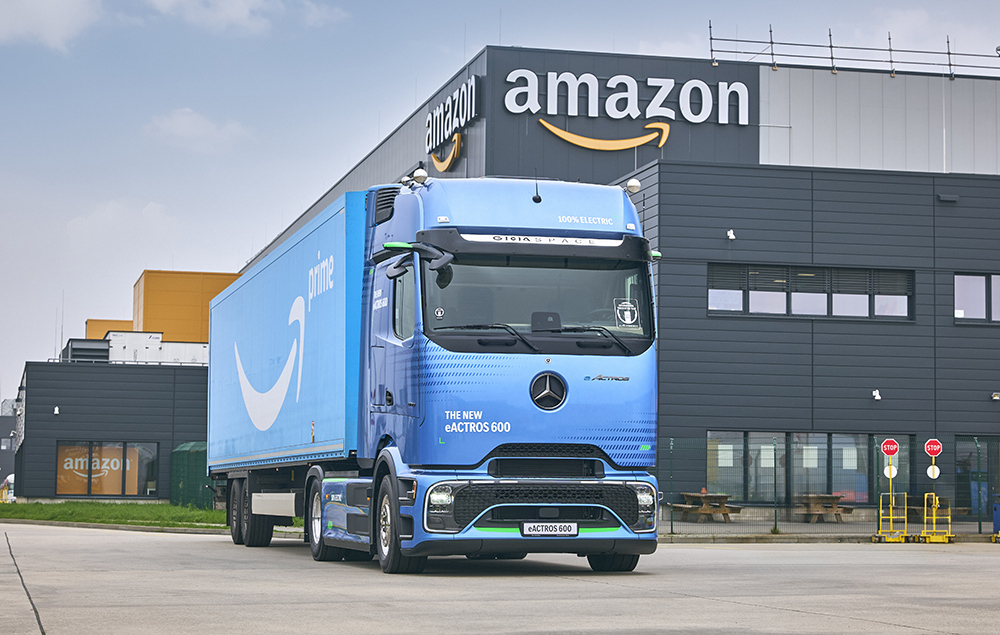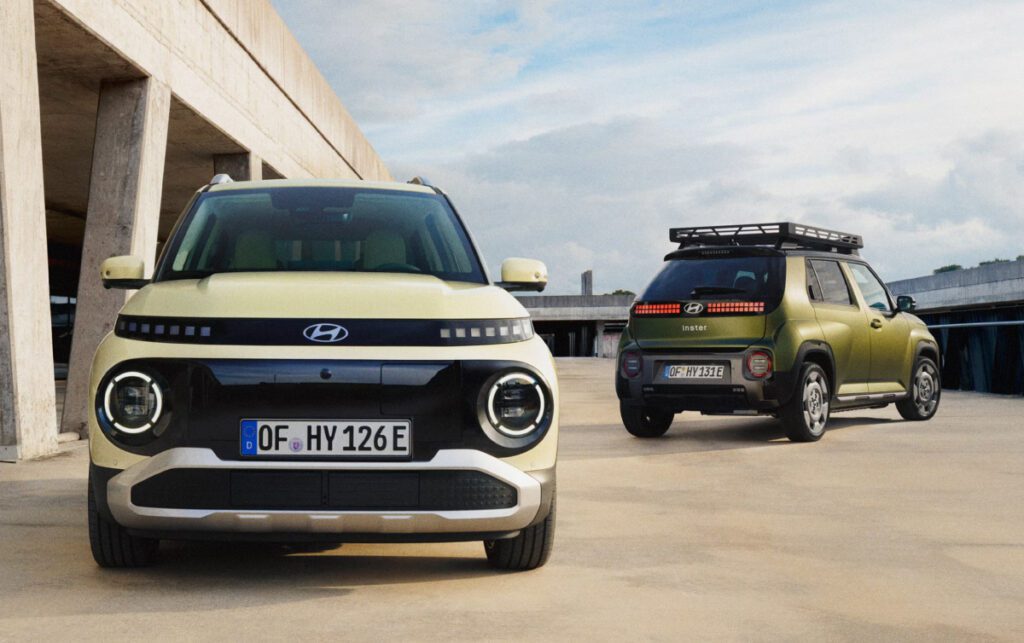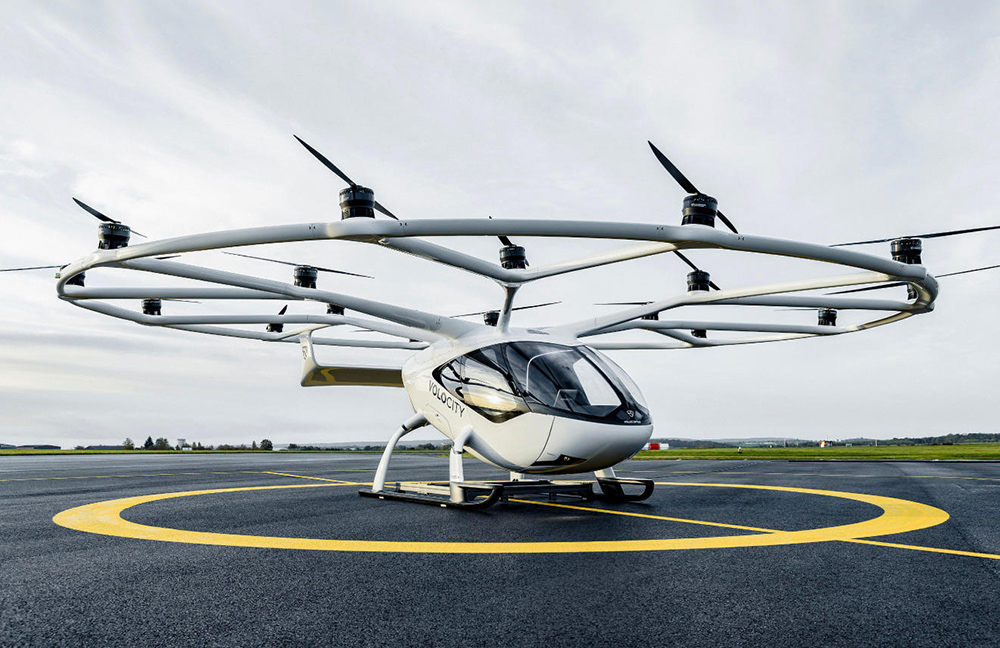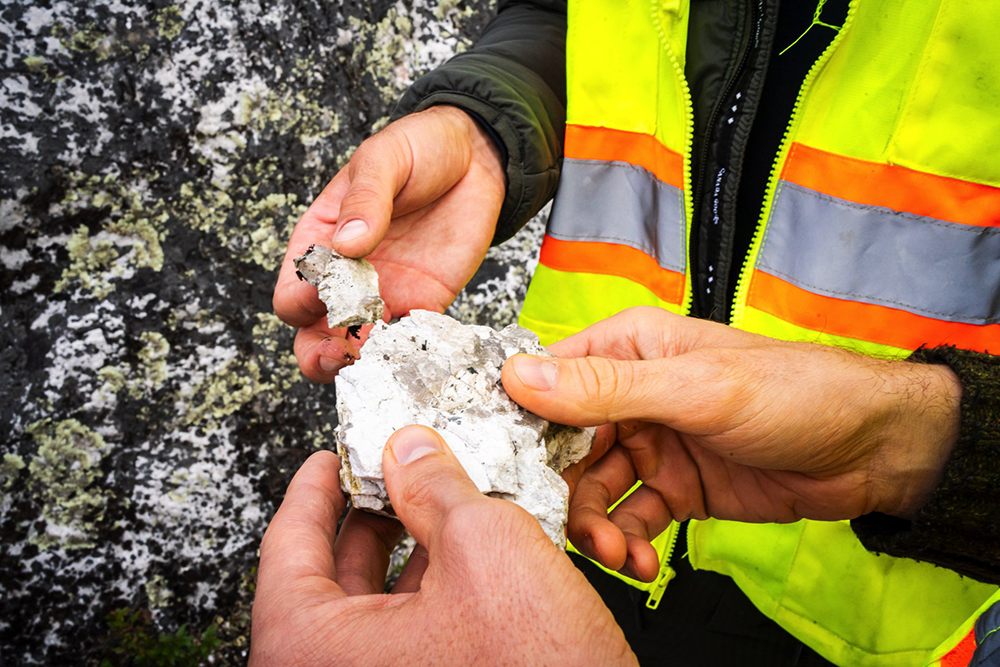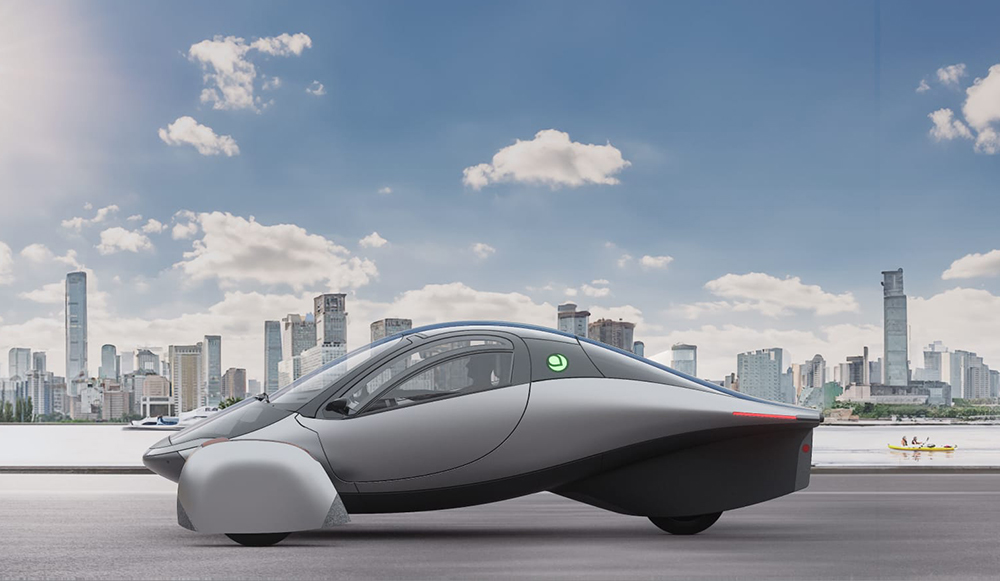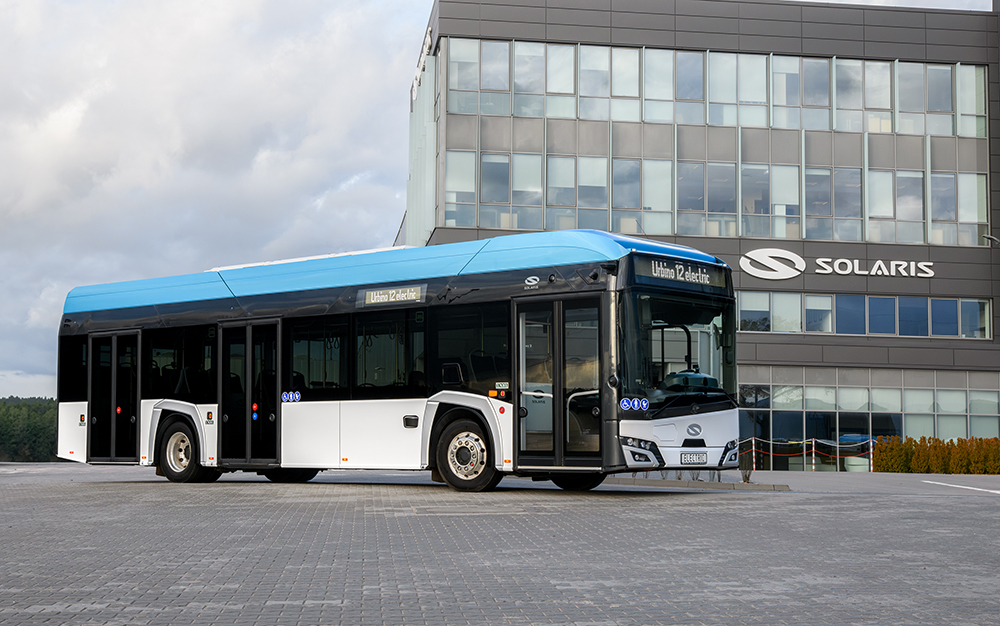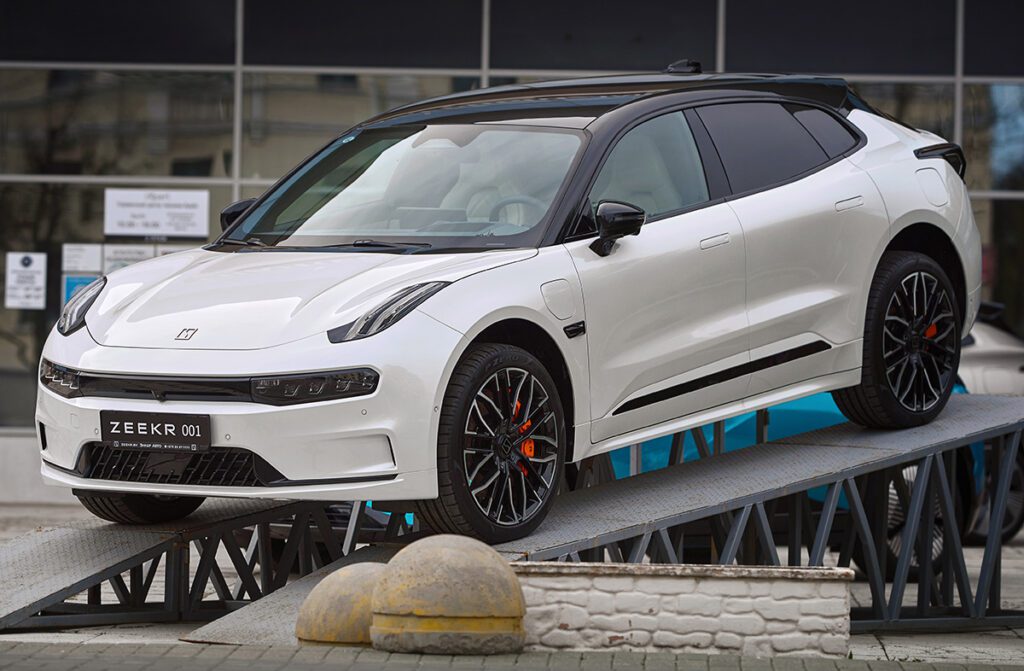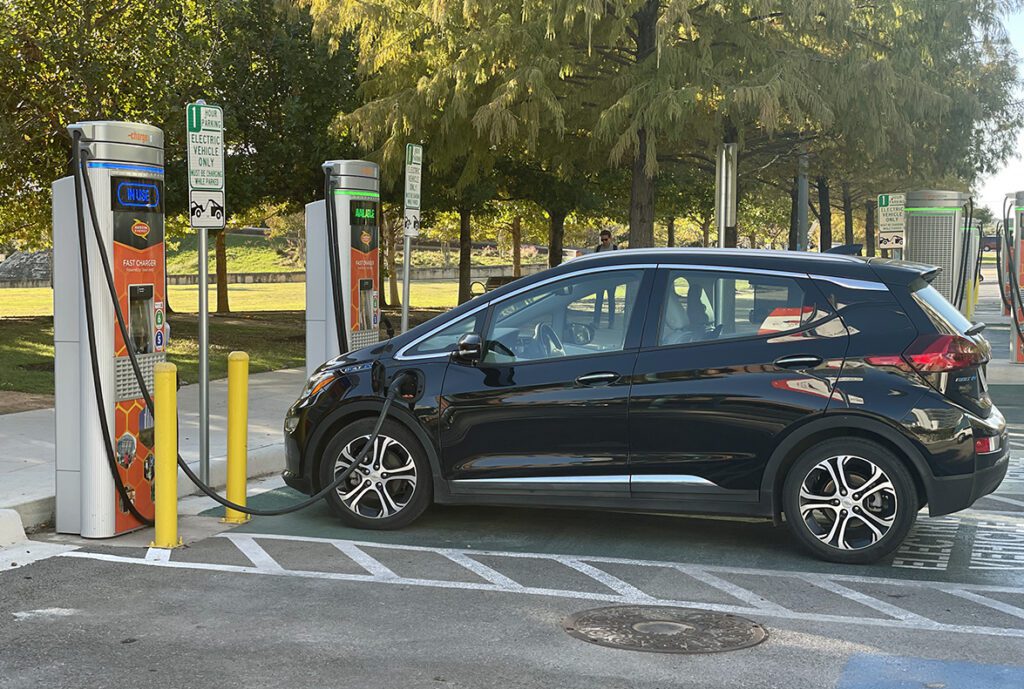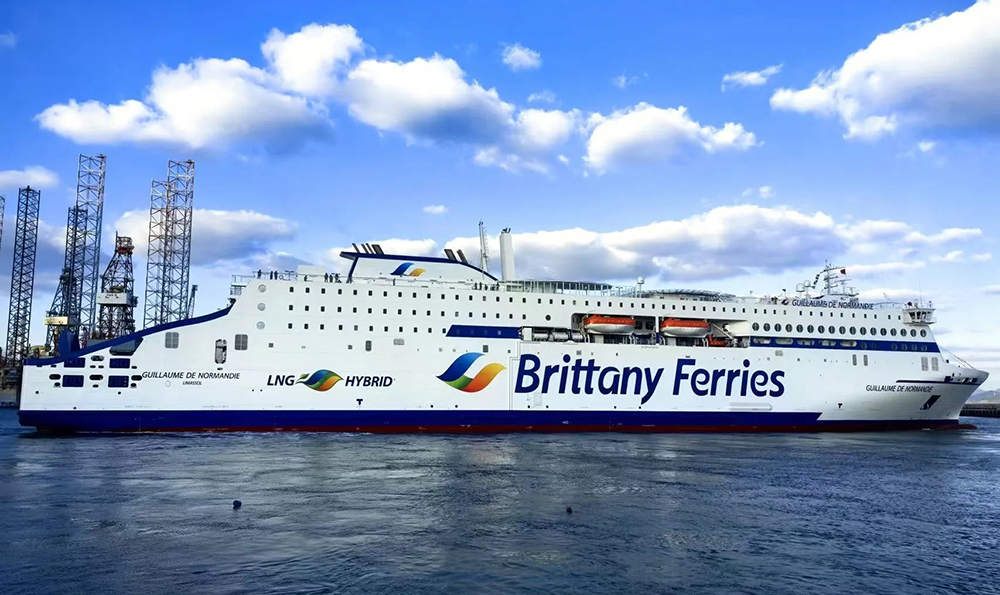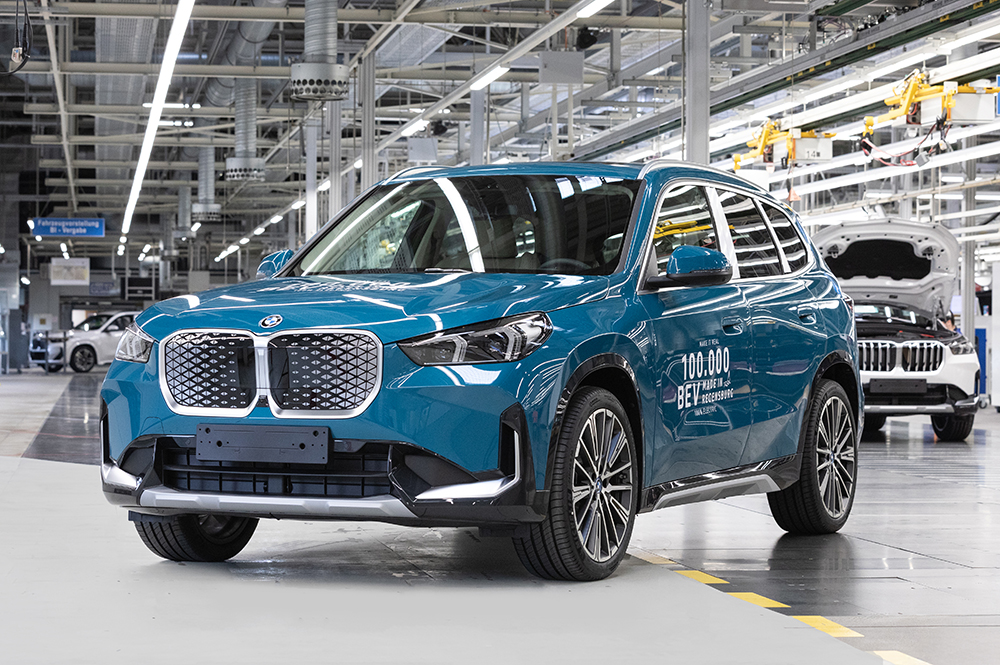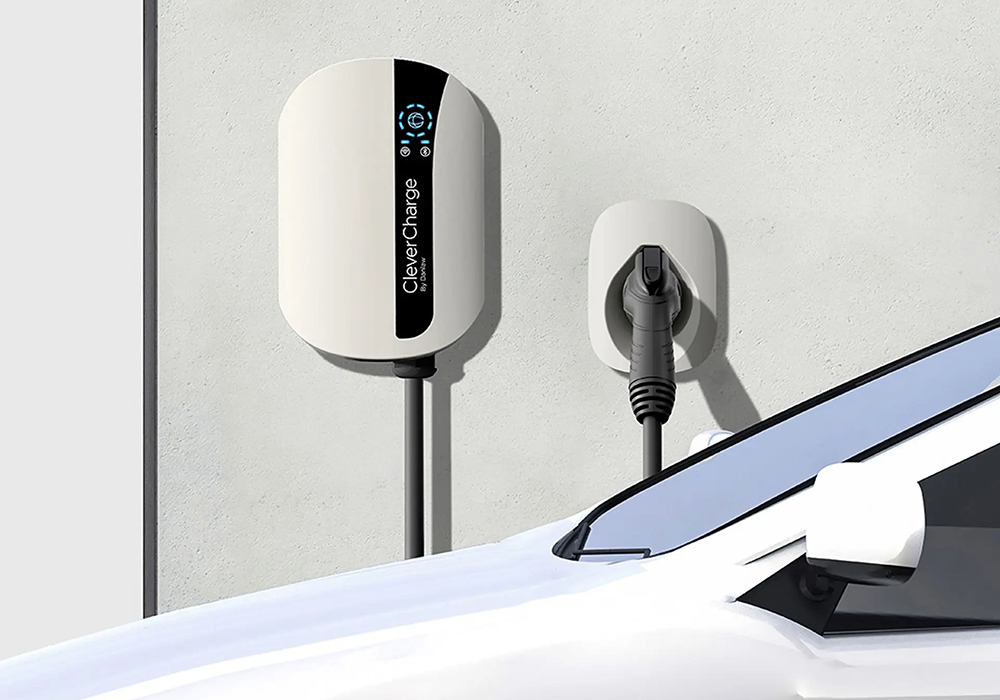Islands make perfect EV habitats. Driving distances are generally short, and the need to ship supplies from the mainland keeps gas prices high. Also, islands around the world face a lot of environmental challenges, and many island economies depend on tourism, so the level of green consciousness tends to be high.
Island governments around the world are taking steps to encourage EV adoption, and many are finding that EVs make more sense in conjunction with renewable energy, an insight that will be no surprise to Charged readers. High-tech energy helps EVs to realize their full emissions-reducing potential, while EVs can help utilities manage the intermittent nature of most renewable energy sources.
On many islands the existing mix of energy supplies cries out for modernization. Grungy oil- or diesel-powered plants are usually a major (and sometimes the only) source of electricity, while renewable opportunities abound. All islands have wind and wave power available, and those in warmer climes have plenty of solar potential.
Aloha, EVs!
The top contender for the title of Island EV Paradise is currently Hawaii. Margaret Larson, Transportation Energy Specialist at the Hawaii State Energy Office, spoke with Charged about the Aloha State’s strategy to encourage EV adoption. Her office is coordinating efforts with partners at universities, utilities, local businesses and other state agencies, as well as the DOE, which has provided grant funding for various pilot programs.
Hawaii’s EV efforts date back to 1993, when the state government evaluated a fleet of Hyundai Santa Fe EVs as part of a DARPA-funded project. In 1998 the state installed some of the nation’s earliest rapid charging infrastructure.
As Ms Larson explained, Hawaii has a unique combination of energy challenges and opportunities that makes it an ideal place to showcase EVs. The state’s gas prices are the highest in the US (at this writing, the stuff is going for around $4.20 a gallon on Oahu, and on the neighbor islands prices can be over $5). The islands have a unique ecosystem that’s vulnerable to various environmental impacts, and the state’s dependence on imported fossil fuels makes its economy susceptible to supply shocks.
Like all islands, Hawaii has limited driving distances and an abundance of renewable energy – including geothermal, thanks to its famous volcanoes. The state has an enviably stable climate year-round, and the temperature range (68-95° F) happens to be ideal for EV batteries. There’s a constant influx of tourists who rent cars (and, incidentally, spread the green word when they get back home).
By no means least important, the state has the political will to encourage EV adoption. In partnership with the DOE, the state has instituted the Hawaii Clean Energy Initiative, which sets an official goal of a 70% clean energy by 2030. Electric mobility has an important role to play in reaching this objective.
Electricity prices are high in Paradise – currently around 34 cents/kWh on Oahu, and as high as 45 cents on some of the neighbor islands. Each island has its own isolated grid, and most power is generated from oil-fired plants, with a little bit from coal and renewables. The Hawaii Clean Energy Initiative sets a Renewable Portfolio Standard (RPS) of 15% by 2015, 25% by 2020 and 40% by 2030.
The combination of high gas prices and high electricity costs means that Hawaii residents face about the same payback period calculation that mainlanders do. Larson estimates that driving a LEAF in Hawaii costs about 10 cents per mile, compared to 13 cents per mile for a gas-sipping Honda Civic.
State incentives
The Hawaii EV Ready Program, funded by the American Recovery and Reinvestment Act (the stimulus) provided $4.5 million for various EV-related goodies, including rebates of up to $4,500 for EVs and up to $500 for charging stations, as well as grants to Aerovironment, Better Place and others to install public chargers. It also funded the purchase EVs for fleet use and tools to stimulate Hawaii’s EV-market demand. Alas, those funds have been used up, and the program has concluded successfully.
EV drivers in Hawaii receive special license plates, entitling them to a generous amount of free parking (2.5 hours at most public parking, even more in some spots), as well as use of high-occupancy vehicle (HOV) lanes. Hawaiian Electric (HECO) offers net metering and time-of-use (TOU) rates for home and commercial charging. A state law prevents homeowners’ associations (including those at multi-unit dwellings) from prohibiting charging stations. All parking lots with at least 100 spaces available to the public are required to install a charging station, and clueless dinosaur drivers who ICE out EV drivers are subject to a fine.
The LEAF, Volt, Prius Plug-in, Ford Focus Electric and Mitubishi i-MiEV are all available in the state, and as of April, a total of 1,331 plug-ins were on the road. The state government has 10 EVs (Volts and LEAFs) in its motor pool, as well as a dozen Level 2 charging stations at state-owned parking lots. Car rental agencies are getting with the program, too. Enterprise has 20-30 EVs in its fleet, and a startup car sharing company called Green Car Hawaii offers EVs by the hour through hotels on Oahu and Kauai.
Hawaii has by far the most charging stations per capita of any state. There were about 343 public charging ports at last count, including six DC fast chargers, operated by Aerovironment. Better Place installed most of the Level 2 chargers, but has recently filed for liquidation, so its Hawaiian units will be swapped out with new hardware on different networks.
ChargePoint, ECOtality and several others are also part of the scene. The state wants to be a test bed for the charging business, and welcomes other companies to the party. One of these, a local group of young entrepreneurs called Volta Charging, has a unique advertising-based business model. It collects money for ads on the chargers, and so is able to offer free electricity to customers and incentives to site owners for installation.
The Hawaii State Energy Office sees the conjunction between EVs and renewables quite clearly. Its web site states that “the deployment of EVs in Hawaii is occurring concurrently with the expansion of renewable electricity on Hawaii’s electrical grid.” EVs are seen as a big help to fulfilling the state’s Renewable Portfolio Standard.
The Energy Office calculates that, on average, the amount of fossil fuel used to power an EV in Hawaii is 31% less than the fossil fuel required to power a similar gasoline-fueled vehicle. This is expected to get even better as more renewable energy comes online.
EVs tend to be charged at night, which is when excess wind energy is likely to be available. If EV battery charging is controlled so that the rate of charging can be adjusted based on the grid’s supply, it could give electric utilities a powerful tool to make use of excess renewable energy and manage the challenges caused by intermittent power sources. Most vehicles sit idle over the course of a day, so they can become energy storage devices if they are plugged into the grid when not in use.
Of course, if all this is to work, EV drivers must have an incentive to charge at the desired times, and the main tool for this is TOU pricing. HECO began a pilot TOU program in 2010 to encourage drivers to charge EVs during off-peak times. EV TOU rates are currently available to 1,000 customers on Oahu, 300 on Maui, and 300 on the Big Island.
Charging during HECO’s off-peak times (9pm-7am every day, and anytime on weekends) costs about six cents per kWh below the standard rate on Oahu. Charging during peak hours (7am-9pm on weekdays) costs two to five cents above the standard rate. Residential customers can use the TOU rate under a single house meter or under a separate meter used only for charging. HECO reports that about a fourth of known EV drivers have enrolled in the TOU program.
Other islands of opportunity
Hawaii is the biggest “EVs in Paradise” case study to date, but similar stories are taking place on islands around the world (at least, affluent ones). In the Orkneys, a frigid and starkly beautiful island group off the north coast of Scotland, the local Council began promoting EVs in 2011, when it installed a charging point at a school and purchased two Peugeot IoNs (a rebadged version of the Mitsubishi i-MiEV).
Since then, more chargers have been installed, and several local businesses have leased IoNs. In May of this year, three development trusts in Orkney took delivery of four LEAFs, which will be used in a two-year pilot to test a “demand side management” approach that will address current constraints on the local grid.
While local governments are trying to create favorable conditions for EVs to thrive, the ultimate goal is always for private business to step into the driver’s seat. One entrepreneur who sees the potential of island EV ecosystems is David Soens, a co-founder and managing partner of Oak Energy Partners, which specializes in renewable energy projects, demand response and charging station infrastructure.
As he observed the efforts of ECOtality, ChargePoint and others to build EV charging networks on the US mainland, he saw that, as the EVSE ecosystem gets built out, there will be (hopefully lucrative) holes to be filled, so he formed a Philadelphia-based company called U-Go Stations.
Soens found a like-minded colleague in John Felder, a former Chrysler exec who owns EV dealerships in Bermuda and Grand Cayman, and the two formed a partnership to build an island-wide charging network on Grand Cayman. The Cayman Islands government is quite interested in clean tech, and is cooperating with U-Go in various ways.
The network is scheduled to be operational this summer. Phase I calls for four public charging stations, including one with a 4 kW solar array in the center of Georgetown, the capital. Other locations will be near the airport and at Rum Point, a popular tourist attraction near the harbor.
U-Go’s island chargers will be part of the SemaConnect network, and the initial plan is to charge customers a flat monthly subscription fee. For property owners, U-Go offers to install a charger for free and share the revenue.
Many island nations impose hefty tariffs on all imported goods – a break on those tariffs can amount to a strong purchase incentive. The Cayman government has reduced the tariff on EVs from over 40% to 10%. There are no auto dealers on Grand Cayman that carry EVs in inventory, but Felder’s dealership offers several brands for import, including the Mitsubishi i-MiEV, Wheego city cars, Smith commercial vehicles, Polaris neighborhood EVs, and Zero electric motorcycles. The island’s utility director drives a Volt, and at least one island resident has ordered a Model S.
Electricity rates on Grand Cayman are over 40 cents/kWh – a powerful incentive to pursue renewable energy. The government offers a feed-in tariff, which will give U-Go some monthly income for the power generated by its solar installation.
Soens and his partners are also talking with governments in the Bahamas and elsewhere in the region, and will be inviting officials to come and see their network when it’s up and running.
Soens notes that, all over the Caribbean, electricity comes from expensive and dirty diesel, so the powerhouse combo of EVs and renewables could save tremendous amounts of money, while cleaning up the air – but it’s only the combination of the two that will really unlock the value. “To make this model work, we’ve got to get into renewables,” says Soens.
This article originally appeared in Charged Issue 8 – JUN 2013




